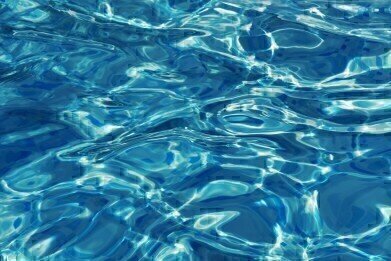Water/Wastewater
How Can Magnets Help with Water Pollution?
May 07 2020
A collaborative study undertaken by universities in Spain and Portugal has resulted in the creation of a type of magnetic cork that could be capable of removing pollutants from water supplies. The cork, which has been patented by the Universidad Carlos III de Madrid (UC3M), the Universidad Pontifica de Comillas and the University of Porto works by coprecipitating iron oxide to obtain magnetite.
Once the cork has absorbed the magnetite, it immediately becomes magnetic, which allows its handlers to use it to address the problem of heavy metal pollution all over the world. These environmentally friendly properties of the cork are just one of its potential functions, with its creators targeting the manufacture of more pliable polymers as a primary objective.
Cleaning up contamination
In designing their magnetic cork, its creators decided to take advantage of the process of iron oxide coprecipitation which produces magnetite. As soon as the cork comes into contact with the substance, it absorbs it, which causes the cork to become magnetic and draw metallic particles towards it.
While water purification might not have been the initial aim of the patent owners, it’s certainly feasible that it could serve as one use for the invention. That particular avenue of research is still under investigation, but it’s thought that the cork itself could be substituted for other substances such as ceramics or polymers, which could theoretically act as sensors to gauge the effectiveness of the device while in use.
With the global population on the rise and pollution becoming an ever greater problem, reliable analysis of drinking water is a priority concern for governments and utility companies across the world. This new innovation could serve as one aide in tackling the problem of contaminated supplies.
A useful secondary function
Of course, the cork itself was not specifcically engineered to tackle water quality issues in the first place. Instead, its makers saw the invention as a means of making graded joints and metallic components for all kinds of machinery and equipment. For example, there are some areas of a metallic surface which are liable to receive stress and impact more frequently and more forcefully than others.
These need to be more pliable, without losing any of their resilience or robustness. The cork makes this process of creating these simple by allowing a magnet to capture and move metallic polymers to a desired position. This in turn can reduce the weight of specific areas of the material and enhance its pliability, without sacrificing any of its impact resistance.
The next step for the cork’s creators is to achieve an international patent so that their invention can reach its full potential. “The patent is being applied for in Europe as well as the US in order to transfer it to a company that will manage it,” explains Juana Abenojar, a UC3M scientist who worked on the project.
Events
Apr 24 2024 Sao Paulo, Brasil
May 05 2024 Seville, Spain
May 13 2024 Munich, Germany
May 23 2024 Beijing, China
May 23 2024 Beijing, China













